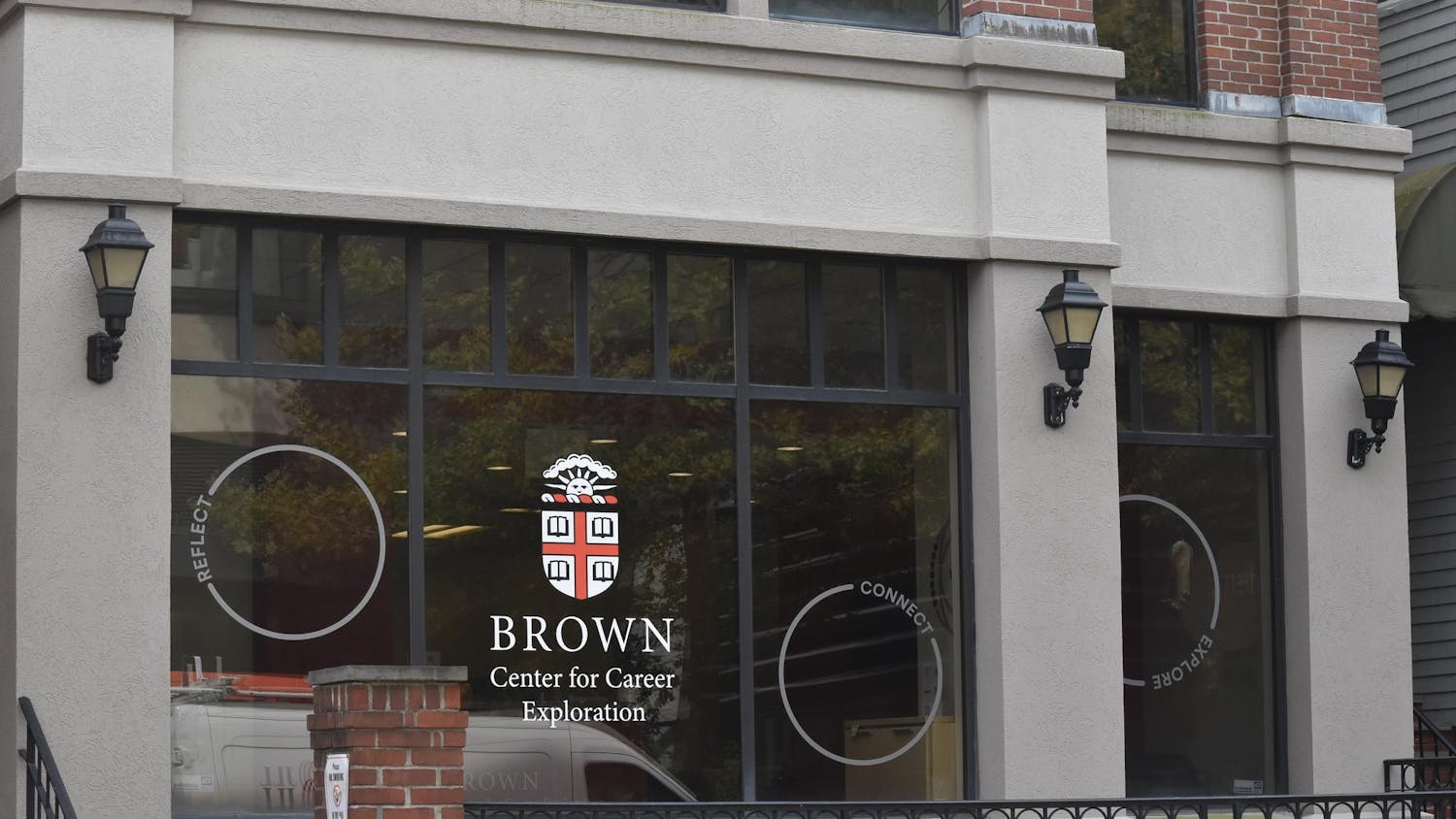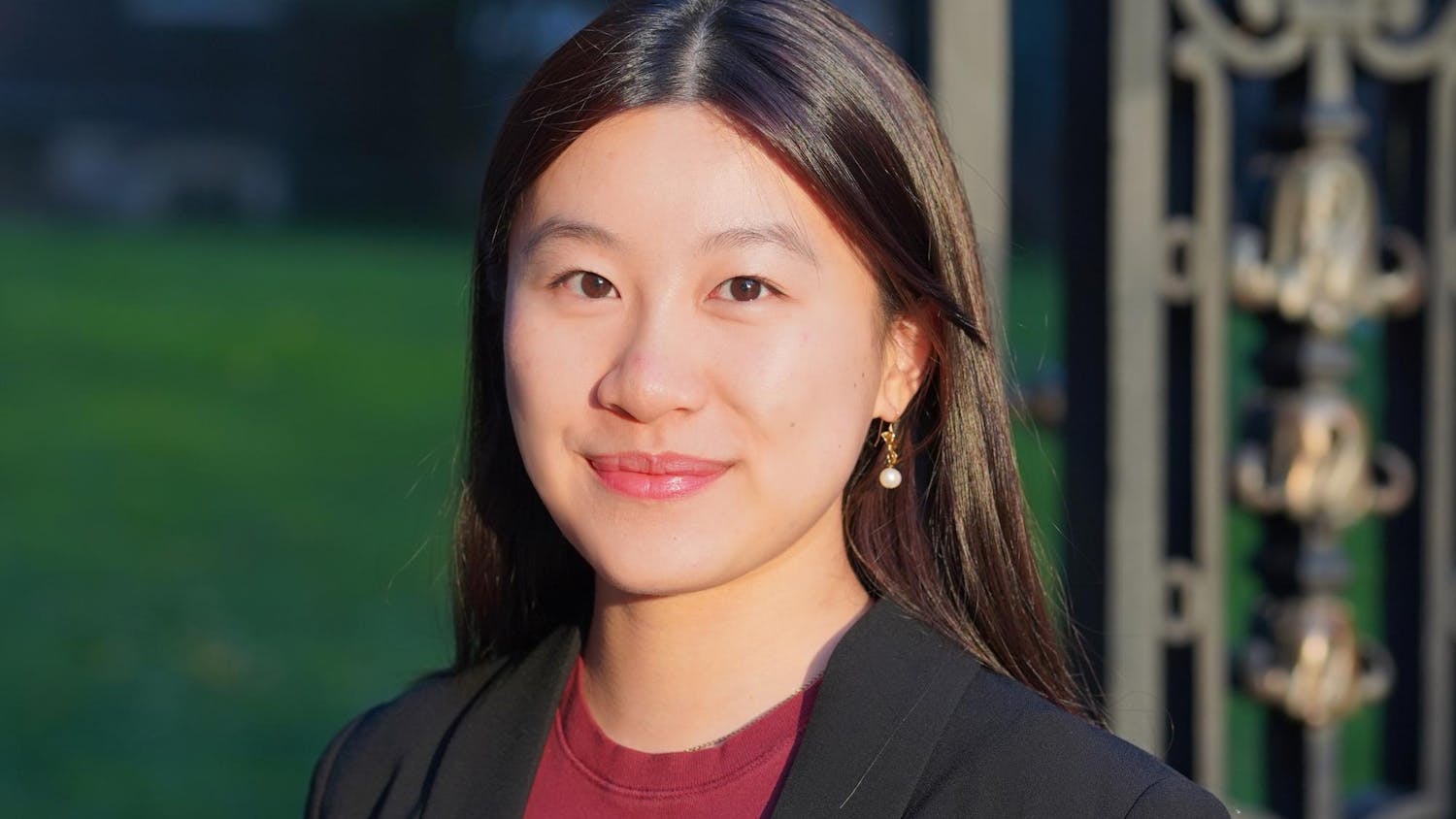A team of researchers found that marijuana use among youth in Rhode Island has not increased since the passing of the state's medical marijuana bill in 2006.
The study compared high-school drug use in Rhode Island and Massachusetts after the Ocean State passed the medical marijuana bill. "I was interested in seeing whether there were any differences in marijuana use between R.I. and Massachusetts that was attributable to the change in policy in R.I.," said Esther Choo, assistant professor of energy medicine at Alpert Medical School and emergency medicine physician at Rhode Island Hospital.
"I thought it was so interesting that people tend to oppose something out of fear," Choo said. Medical marijuana is used to treat chronic pain and nausea for conditions such as advanced AIDS and cancer, but many worry that youth will gain greater accessibility to drugs. "I thought it was a measurable question, so I got a team together," Choo said.
The team collected data from 1997 through 2009 of 37,000 students from a database called the Youth Risk Behavioral Surveillance System, an anonymous survey of high school students administered by the public health departments of each state.
Because Rhode Island and Massachusetts are similar in many respects, the team assumed that all aspects of the two states are the same except for their medical marijuana laws. They analyzed the changes in the stated drug use in surveys.
"About 30 percent of students report using marijuana on average over all years. This is a big number and is entirely consistent with what we know," Choo said. "This is an anonymous survey that is taken amongst peers so students tend to be more honest."
But since the survey is held every other year, Choo's team only had two data points — 2007 and 2009 — to compare to the data collected prior to the passing of the bill.
"So far we haven't seen anything that confirms our fears about its effects on our youth," said Choo. But "our medical marijuana program in R.I. is still ramping up, so I think the data in years to come is what (we) really need to focus on," she said.
Mitch Earleywine, professor at SUNY Albany who studies marijuana use, said Choo's study is consistent with his own research. "Choo's research is something new in part because she's got the most recent evidence, but in all the states that I have looked at across time, I've got the same results," Earleywine said.
Earleywine raised the possibility that marijuana laws increase the drug's availability, even to those without a prescription, but he said he has no evidence to support this point.
"We've seen it so much across time and across states we can take a lot of faith in what we have found. The take-home message is that we can help the sickest of the sick in our states without having to worry that the teens are getting a wrong message," Earleywine said.
"I think the patients who are directly impacted by this law would appreciate (that) this study would allow people to see the clear divide between general and medical consumption," said Oliver Torres '13, co-president of Students for Sensible Drug Policy.
Gov. Lincoln Chafee '75 P'14 said last month he would not approve the opening of dispensaries due to federal pressure.
"I sincerely hope that this study will persuade Chafee to allow the dispensaries to happen," Torres said. "I think this research helps our cause for the time being, because any counterargument would be targeted towards youth consumption."




